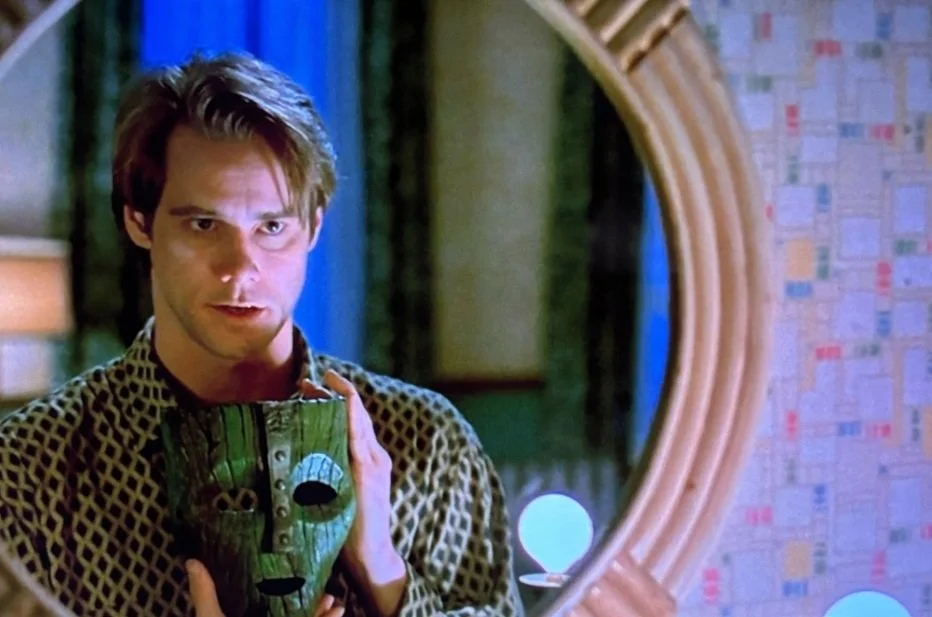Emotions Running into the Present
In my last blog post, Top 10 List: Using Memories to Change Your Life, we discussed how to identify common emotional themes in a Top 10 Memory List. This list will be helpful for the Life Timeline activity.
Like the Top 10 List, the Life Timeline will help us discover common themes among our strongest emotional memories, but in a visual form.
Refer to your own Top 10 List, like the example below for this activity.
How to Create a Life Timeline
Draw a horizontal line on paper and plot years on this line in increments of 2 to 5 years. This is the base of your Life Timeline.
Using your Top 10 Best Memory List, plot the positive memories (green) ABOVE the timeline.
From Top 10 Worst Memories List, plot the negative memories (orange) BELOW your timeline.
Then, plot the neutral life events (blue) in the middle, such as moving, the birth of a family member, or beginning college.
Evaluating the Life Timeline
As with your Top 10 Memory List, identify common themes that cut through various memories with a bird’s-eye view.
What themes stand out to you? (e.g., “When problems arise, I feel I have no one to turn to.”)
Did some of your best and worst memories take place around any neutral life events?
Did some of your best and worst memories happen during specific periods of your life? (e.g., during childhood or college.)
What underlying emotions or reactions emerge from these memories?
Which periods were generally positive? Which were generally difficult?
Do you notice any familiar patterns? (e.g., loneliness, work-related stress, etc.)
Are any people in your life connected to these patterns?
Now that you’ve considered the themes and patterns of your Life Timeline, color code the periods of your life that have a generally positive or negative emotional undercurrent. Which two or three emotions would you use to describe these periods?
Untying the Emotional Knots
The Life Timeline allows us to visualize some of our most pivotal memories by stretching them over our lives, connecting them to ages and other life events. This visual, bird’s-eye view helps us reconnect seemingly isolated memories into the emotional undercurrent of our lives. As we become more aware of how emotions tie into our memories, we can better anticipate our emotional responses to new events as they arise.
What you feel indicates what you need in order to untie these difficult emotional knots. Identifying these rigid patterns is the first step to clarifying your needs, which makes it easier to get them met. Refer to your discoveries today and allow them to guide you into creating a better future. Now that you’ve defined some of your needs, impactful moments, and emotional undercurrents, we can determine how these build into your behaviors, and how the behaviors of yourself and others in your life can be safe or unsafe. The “Safe People” blog will help gauge your connections and provide a foundation for healthy relationships.
How does your family of origin experiences & patterns shape how you live & love today?
Wanna map out your relationship dynamics as influenced by your family of origin? Check out this blog about genograms, the family tree’s fancy cousin that has so much more info than just who’s who!
The BIG Feelings First Aid Kit
Messy feelings spilling out at the WRONG TIME, WRONG PLACE, WRONG WAY?
Grab this free PDF guide that shows you how to handle feelings like a pro so that you can keep moving forward in life!
© Copyright 2021 Joanne B. Kim. All rights reserved.
JOANNE B. KIM, LMFT
Joanne is a Licensed Marriage & Family Therapist and Certified Brainspotting Practitioner in San Jose, CA, who loves helping people create emotionally thriving relationships. She helps people EXHAUSTED by anxiety, shame, and an allergic reaction to anger create VIBRANT relationships where they matter, too.
Many of her clients are:
(1) the highly responsible, conscientious, and empathic types
(2) Enneagram Type Ones, Twos, Fours, or Nines
(3) Highly Sensitive Persons (HSPs)
(4) adult survivors of emotional abuse and neglect
The most common words spoken by those who’ve sat with Joanne:
“I thought it was just me. I’m NOT crazy!”
“I can finally figure out what to do with all these feelings!”






































In a conversation with Catherine Quiring of the Coming Home to Ourselves Substack, we explore the Enneagram through the lens of the show Ted Lasso, going into the importance of emotional intelligence, the role of instincts & subtypes in the Enneagram, and how these concepts can help individuals navigate their personal growth and relationships.